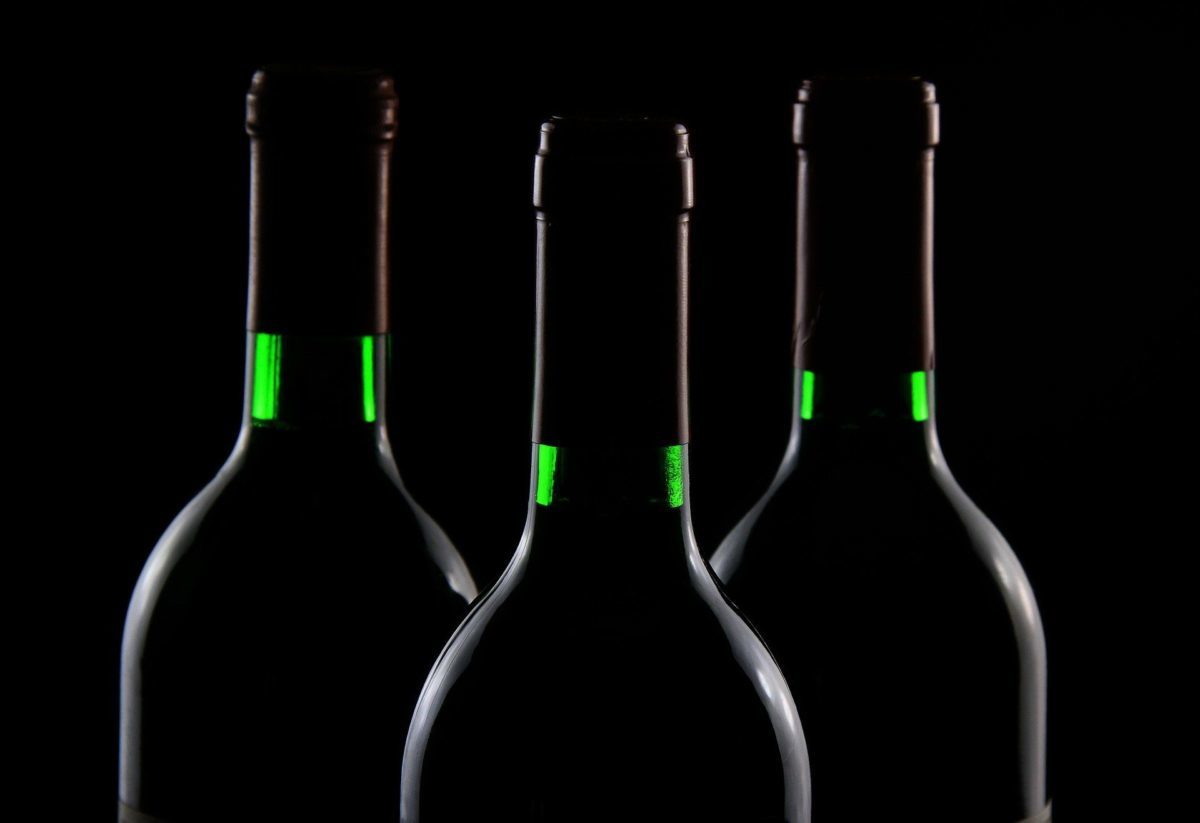El listeriosis outbreak in the shredded meat of the Sevillian company magrudis that scandalized our country this past summer has accelerated the search for some scientific solution. Well, a group from Superior Council of Scientific Investigations (CSIC) has managed to develop the first additive against listeria. Actually, it is aimed at containers of contact with the food that it contains inside to kill the bacteria. The technology-based company has also participated in this creation Encapsulate. What this invention achieves is to drastically reduce the population of bacteria, acting on the conservative plastic. Learn more here.
This is how this additive works against listeria
«Investigating what types of additives are present in food, we saw that some of them had a preservative function. We put it in a plastic to transfer this function to the material and we managed to make it become an active container, which extends the life of the food, "explained the CEO of La Vanguardia. EncapsulateJavier Menendez. In rehearsals, this anti-listeria additive demonstrated to act with a high activity in 24 hours, achieving that after 100.000 units of colonies were formed, it became zero. A scientific success to improve the food safety in products such as meats.
Thus, the first anti-listeria additive would act as a disruptive process where the distance of the chemical bonds of the food preservative is modified. This encapsulation creates a contact surface that prevents the growth of bacteria. This is how José Francisco Fernández Lozano, professor of the Institute of Ceramics and Glass (LCI).
Also useful against other bacteria
In addition, “it can also get rid of other microorganisms, such as the bacteria known as Escherichia Coli or the Campylobacter, which usually appears in raw chicken ", he assures Menendez. This is nothing more than good news for the meat sector, since ingesting or consuming a contaminated food has a high mortality rate (70%). This percentage, yes, refers to vulnerable groups such as elderly and fetuses, reducing to 30% in the rest of the groups.
However, there are few cases of these infections. In 2017, European Food Safety Authority (EFSA) registered 2.480 in listeriosis, within the UE. They died 227 affected people. But, what foods are more easily contaminated with said bacteria? Well the raw milk, cheese made with unpasteurized milk and other slightly cured or fresh milk, in addition to Sausages and pates.







